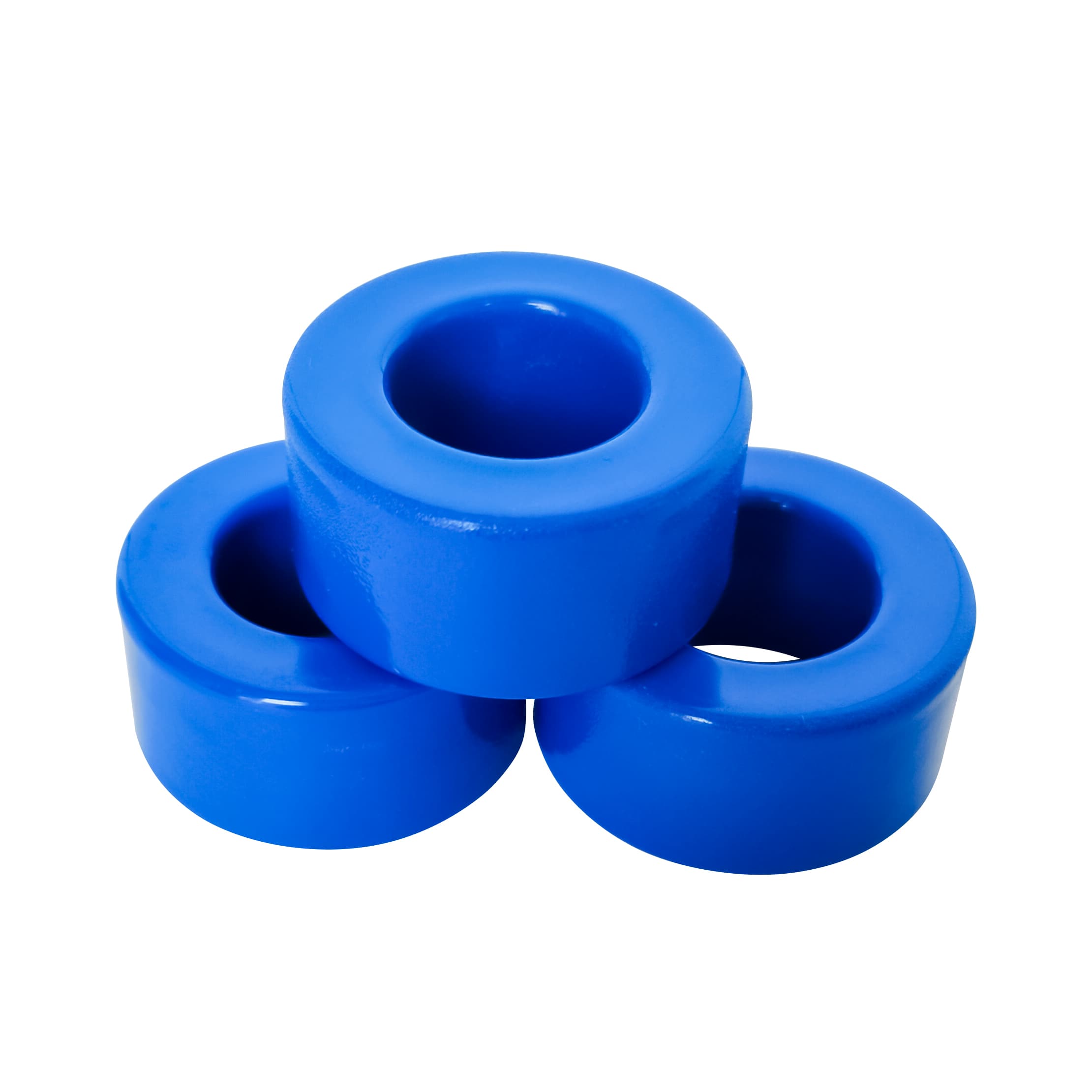Aug 05, 2025
Introduction: Powering the Future with Advanced Magnetic Cores
Inverters are at the heart of renewable energy systems, electric vehicles, and high-efficiency industrial power supplies. Their performance depends critically on the magnetic components within—transformers, chokes, inductors—all of which are driven by the material properties of their cores. Among the most advanced options available today are nanocrystalline and high flux magnetic cores. This article explores their roles in inverter systems, comparing their strengths and ideal applications, and guiding engineers on how to use them strategically to build smaller, more efficient, and more reliable power electronics.
Nanocrystalline Cores: Precision and Efficiency in Inverter Design
Nanocrystalline cores are formed by annealing iron-based amorphous ribbons, resulting in ultra-fine microstructures with exceptional magnetic properties. They feature high initial permeability (5,000–31,000 µr at 100kHz), ultra-low core losses in the 10–100kHz range, and a high saturation flux density (1.23–1.32 T), which is 2–3× higher than ferrite. These characteristics enable designers to achieve compact, thermally stable, and power-dense inverter systems.
Advantages in Inverter Applications
• Low core loss reduces heat generation and energy waste.• High permeability supports efficient energy transfer in compact circuits.• High Bs enables operation under demanding loads with reduced risk of saturation.• Wide temperature stability (–40°C to 140°C) and high Curie point (570°C) support robust thermal management.• Ideal for EMI suppression in common mode chokes and current transformers.
Typical Applications
• EV chargers and solar inverters• High-frequency transformers and common mode chokes• UPS systems, EMC filters, and industrial power supplies
High Flux Cores: Robustness for High Power and DC Bias Applications
High Flux cores, composed of 50% nickel and 50% iron alloy powder, are engineered for inductive components exposed to high current and DC bias. With a Bs of 1.5 Tesla, they outperform ferrite and MPP in energy storage and DC bias handling. They exhibit soft saturation characteristics, low-to-medium core losses, and strong thermal stability.
Advantages in Inverter Applications
• High DC bias tolerance makes them ideal for PFC chokes and output inductors.• 1.5T saturation flux density allows for fewer windings and compact inductors.• Soft saturation ensures consistent performance under varying loads.• Supports system cost reduction by minimizing copper usage and cooling needs.
Typical Applications
• PFC inductors and DC-link inductors• Switching regulator inductors• In-line noise filters and flyback transformers• Industrial inverters, including welding machines
Choosing the Right Core: Nanocrystalline vs. High Flux
Each material excels in different parts of an inverter design. While nanocrystalline cores are best for high-frequency, low-loss applications such as transformers and EMI filters, high flux cores are superior for high-current inductors and energy storage elements. A hybrid design using both materials delivers optimal performance.
Comparative Overview
• Nanocrystalline: High permeability, low loss, thermal efficiency, ideal for transformers and chokes.• High Flux: High Bs, strong DC bias performance, suitable for inductors in PFC and high-current lines.
Designing with Purpose and Precision
Nanocrystalline and high flux magnetic cores are shaping the future of power electronics. By understanding their complementary roles and strategically deploying each in the right place, engineers can design more compact, reliable, and efficient inverter systems. At Dongguan JH Amorphous Co., Ltd., we provide tailored solutions for next-generation inverters, empowering innovation in clean energy, EV, and industrial automation sectors.
👨🏭 Author:
Julia YimInternational Marketing ManagerDongguan JH Amorphous Co., Ltd.📧 julia@amorphousoem.com | 🌐 www.amorphousoem.com
Read More
